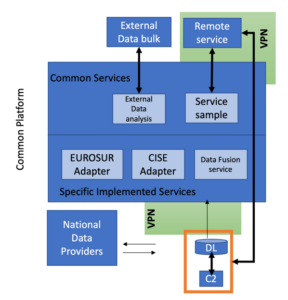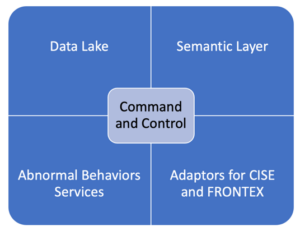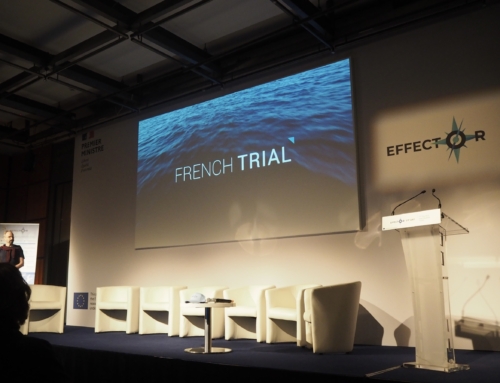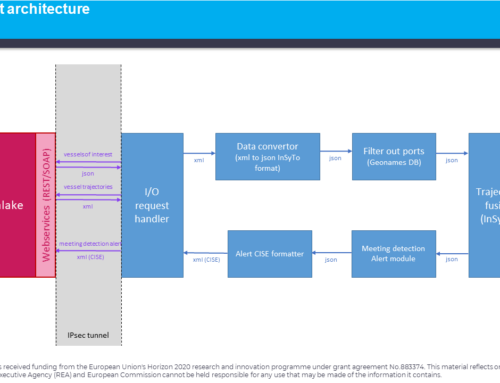Author: ENG
The trials configuration phase is a very crucial moment of each Demonstration Project whose main aim is to bring the results of a collaborative project into real life and real operational environments. To accomplish to such task it’s necessary to identify the main building blocks that will be interoperable, their location (on End user premises, remotely, via VPN, etc.), their commonalities.
The identification of a unified architecture, the definition of an integration and testing strategy of all the components for their final deployment give evidence of the work done in terms of:
- Scalability
- Modularity
- Degree of integration of the architectural components of the different partners of the EFFECTOR project the
- Replicability of the whole deployment process.
Thanks to the definition of the architecture in the preliminary work conducted in the WP3 of the project, all the components, actors, data sources and data flows have been identified.
This has allowed to create from one side all the possible pieces of the jigsaw thaw every trial leader has used to compose its own trial configuration. Of course these compositions have also pushed the different partners to find an integration strategies for the components or the data sources that in the DoA were not foreseen, that was possible to integrate, that could have brought added value to the trial.
allowed to create from one side all the possible pieces of the jigsaw thaw every trial leader has used to compose its own trial configuration. Of course these compositions have also pushed the different partners to find an integration strategies for the components or the data sources that in the DoA were not foreseen, that was possible to integrate, that could have brought added value to the trial.
These studies and round tables among the partners have brought to a identify different main Logical Building Blocks that were in common to the different trials: the LBB External Data Bulk collected all the possible data sources that are independent, because of their self consistency, from the whole EFFECTOR Framework; the Remote Service that can be used both for intranational and international trials; the LBB Common services that can elaborate the external data and can proxy the remote services; the Specific implemented services which is de facto a LBB that contains specific services for the trial; the National data providers whose data are trial specific and finally the Data Lake and the Command and Control systems that will drive the storage and the execution of trial scenarios.
The core pillars of the main architecture identified at the beginning of the EFFECTOR project are drawn in the following schema:
 These core elements have been extracted after the analysis of the three trials, the scenarios that will be executed to verify the requirements expressed by the end users, the potentialities of the services and the effort needed to be integrated.
These core elements have been extracted after the analysis of the three trials, the scenarios that will be executed to verify the requirements expressed by the end users, the potentialities of the services and the effort needed to be integrated.
For the configuration purposes these pillars have been decomposed according to the competences of the partners of the EFFECTOR project, their existing Data Fusion services, the past experiences in connecting Command and Control Systems with the Common Information Sharing Environment and partners’ willingness to exploit the capabilities of the Semantic Layer by analyzing the data stored in the Data Lake.
To do so we have decomposed the software components involved in the trial classified per pillar, the software versions per component and the subcomponents configurations specifying if each subcomponent is a native application or a dockerized application and the related params that need to be configured in each new deployment of such component in order to work correctly.







